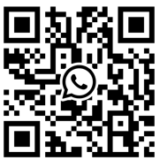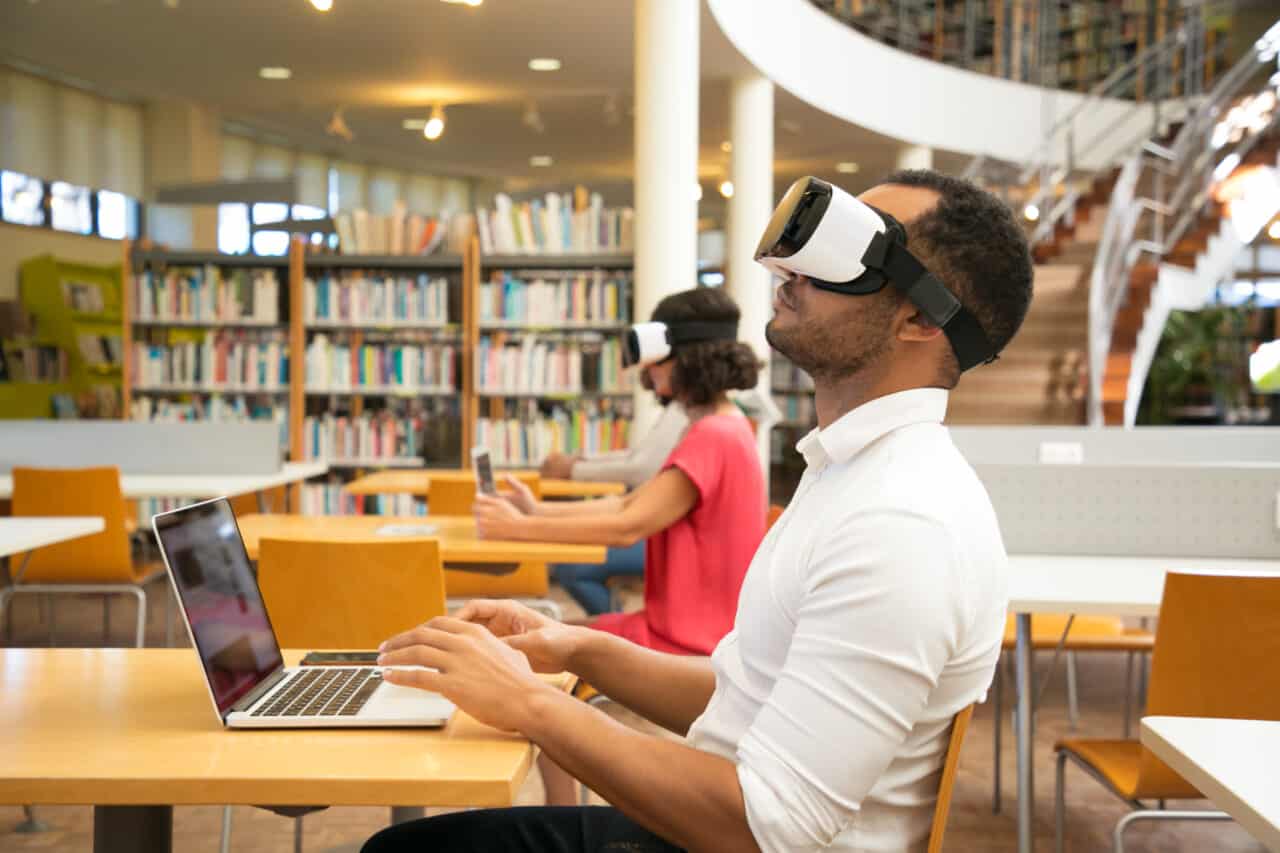Need any help? Contact us:

Table of Contents

Image by pch.vector on Freepik
Now, there’s an app or a platform for just about everything academic, and it’s honestly changing the game for students everywhere. Ever felt overwhelmed by a tricky math problem? Well, there’s probably an app where you can snap a photo of it and get instant solutions. And remember the times when group projects meant endless in-person meetings and coordinating schedules? Now, virtual collaboration tools make it a breeze. You can be in your pajamas, sipping hot cocoa, and still be brainstorming with your team.
And let’s talk about the big assignments – dissertations, research papers, you name it. With the vast online repositories and academic resources available, research is no longer a Herculean task. If you’re ever stuck, there are even dissertation writing services ready to offer a helping hand. But it’s not just about academics. Need a break? Meditation apps, fitness trackers, and even mental health platforms are just a click away, ensuring students are holistically taken care of.
Modern Technology in Student Life
What are some revolutionary modern technology that keep changing student life? You yourself must know many of them, so let us focus on a few types of tools.
Smart Tables and Interactive Whiteboards
Have you ever seen those giant iPads, like the Microsoft Surface Hub? These aren’t just oversized tablets; they’re smart tables and interactive whiteboards. With a crisp 4K display, they invite multiple people to scribble or sketch together. Imagine the possibilities—design students collaborating on a project in real-time or a brainstorming session that gets everyone on their feet and involved.
Wearable Tech Magic
So, when you think of wearables, you might picture that fitness tracker wrapped around your wrist or maybe even a smartwatch. But, trust me, wearables have been creeping into the educational scene too, and in cool ways! Ever heard of Google Glass? Picture this: You’re strolling through a historical site, and bam! These glasses throw up all sorts of juicy tidbits about the place, right in your line of sight. Neat, right?
And for all you budding doctors, some VR gear can throw you right into a virtual surgery—yup, all the adrenaline, minus the real-life patient. And if you’re the kind who zones out during a study sesh, some wearables even give your brain a little nudge, letting you know when to refocus.
The Power of 3D Printing
3D printing, with devices like the Ultimaker S5, takes learning to another dimension. You’re not limited to printing papers; you can bring objects to life, be it a replica of an artifact or a 3D model of a heart.
AI’s Changing the Classroom Game
Alright, let’s chat about AI. No, I’m not talking about robots taking over the world. I mean, AI’s making learning way cooler. Ever tried DreamBox? It’s this math program that basically reads your mind. Okay, not really, but it does adjust math problems based on how you’re doing. Struggling a bit? It eases up. Slaying those math problems? It gives you more challenging ones. And AI chatbots? Think of them as that 24/7 study buddy who’s always up for a late-night study grind. Plus, there’s this neat AI feature that can spot if a university student might be struggling or thinking of dropping out. It’s like having a virtual teacher’s aide that makes sure everyone’s on track.
Biometric Systems on Campus
Biometric systems have made their way to some campuses, offering more than just high-tech security. These systems can log your attendance and even check if you’re genuinely engaged in the lecture.
How Modern Technology Improves Student Life
Modern tech changes the life of every single student, no matter whether it’s an IT student looking for a perfect laptop or an artsy person who needs a tablet for drawing.
The Mind-Meld between E-Learning Platforms and Cognitive Processes
Ever noticed how you can recall the ins and outs of a film’s plot or a game’s storyline like the back of your hand, while a textbook chapter slips through your fingers like sand? That’s our brain’s cup of tea for interactivity and engagement. Platforms like Kahoot or Quizlet aren’t just a walk in the park; they hit the nail on the head by catering to this cognitive preference, enabling students to wrap their heads around complex topics with the help of quizzes and games. It’s like exercising the brain – the more hands-on, the higher the memory stick!
Augmented Reality (AR) and Cognitive Visualization
“Seeing is believing” ain’t just a saying; it’s the real deal. AR apps give students the ability to “paint a picture” of abstract concepts. Picture a biology student with eyes glued to their desk, witnessing a 3D heart pumping away in real-time. This visualisation takes understanding to a whole new level, and, you won’t believe it, but our brains eat up this kind of visual storytelling like there’s no tomorrow.
AI-Powered Adaptive Learning
Platforms with AI components can read between the lines and tailor content to fit like a glove, taking into account a student’s strengths and weaknesses. It’s like having a personal brain guru customising your mental exercises. For students, this means pushing the envelope just enough to keep the wheels turning, but not so much that they’re left pulling their hair out.
Mind Over Matter: Exploring the World of Mental Health Apps and Boosting Cognitive Well-being
There are mountains of stress and pressure in our lives. Mental health apps, armed with cognitive-behavioral techniques, dish out mindfulness exercises, breathing practises, and even mood trackers like there’s no tomorrow. These tools not only give students a leg up in tough situations at lessons but also sharpen their mental agility – their brain’s knack for juggling different tasks or ideas.
Final Thoughts
Navigating the intricate branches of the technology tree in today’s educational realm requires agility and a deep cognitive understanding. Like a tree that constantly adapts, growing towards the sunlight and standing firm amidst unexpected storms, students too must harness the power of modern tools to foster cognitive growth. These technologies are catalysts pushing the boundaries of what’s possible. They are easily cultivating minds that are resilient, adaptable, and ever-ready for the unexpected.




